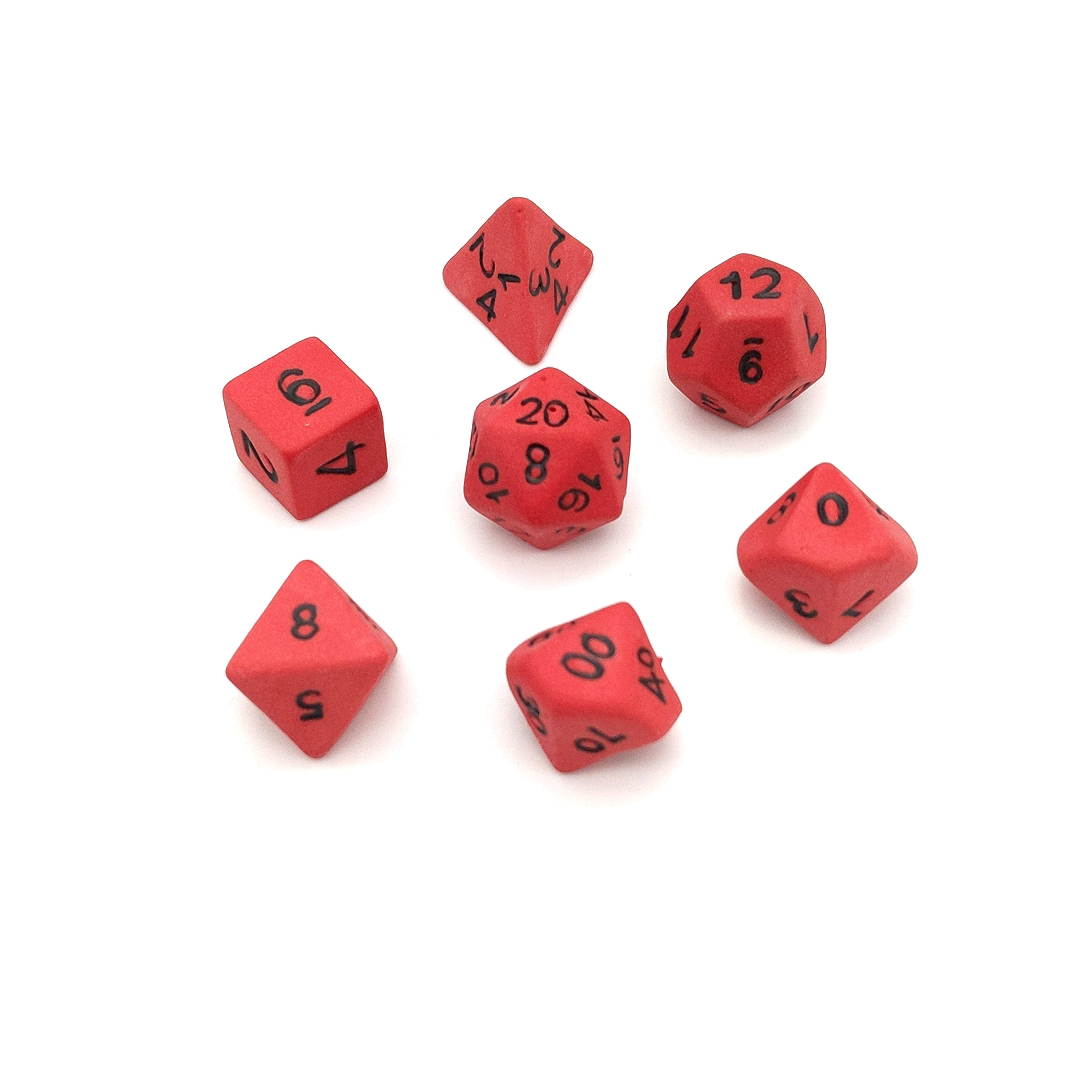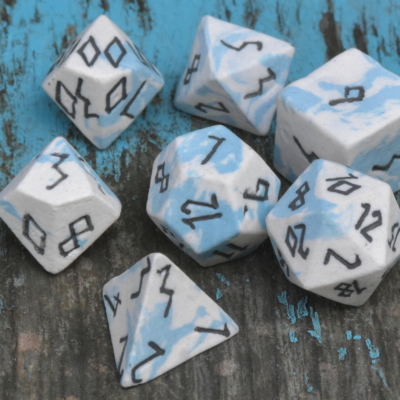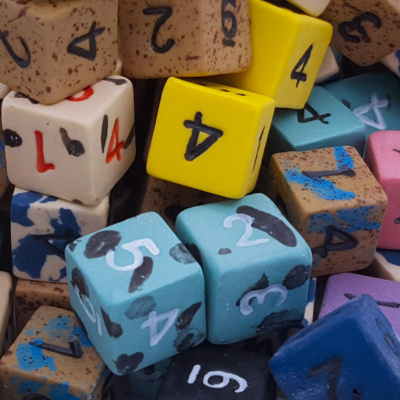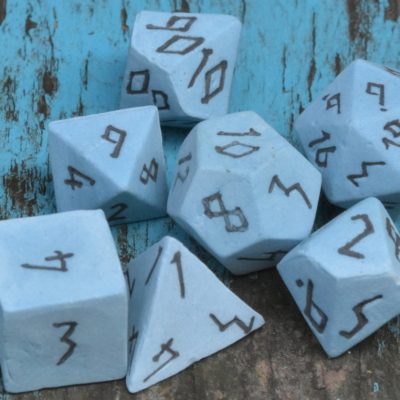“Mastering the Art of Exciting Non-Combat Scenarios in DND”
For many tabletop RPG enthusiasts, combat is just one part of the adventure. Non-combat encounters can be equally thrilling, offering players a chance to flex their creativity and problem-solving skills. Whether you’re a Dungeon Master or a player, here are some tips and tricks to make your non-combat encounters as engaging as possible.
1. Focus on Storytelling
A good story is at the heart of every memorable non-combat encounter. As a DM, craft scenarios that contribute to the overarching narrative and allow characters to develop.
2. Encourage Roleplay
Roleplaying can turn a simple conversation with an NPC into an unforgettable experience. Encourage players to delve into their characters’ personalities and make decisions based on their backgrounds.
3. Incorporate Puzzles and Riddles
Puzzles and riddles can provide mental challenges that require teamwork and out-of-the-box thinking. Tailor these puzzles to fit the theme of your campaign for added immersion.
4. Use Environment Creatively
The environment itself can be an encounter! Use weather, terrain, or magical phenomena as obstacles or aids during sessions.
The Fireball Ceramic Dice Set offers players an aesthetically pleasing way to engage with their game, providing both elegance and functionality for any tabletop session.
5. Challenge Characters’ Morals
Moral dilemmas force players to weigh their choices carefully, often revealing deeper layers of character development and team dynamics.
Storytelling is the core of any Dungeons and Dragons (DND) quest, and non-combat encounters offer a great opportunity to further strengthen the narrative. As a Dungeon Master (DM), you can create scenarios that don’t involve physical battles but still contribute to the progression of the story. This could include meeting important non-playable characters (NPCs), discovering significant locations, or uncovering vital information that pushes the plot forward. These encounters allow players to get more in-depth with their characters, revealing their strengths, weaknesses, and personality traits outside of combat situations.
Roleplaying is another essential aspect of DND that can be emphasized in non-combat encounters. Encouraging players to fully inhabit their characters can turn a simple conversation with an NPC into a memorable role-playing experience. Decision-making based on characters’ backgrounds, motivations, and personalities adds depth and realism to the game. This could involve a bard charming their way out of a sticky situation, a rogue stealthily gathering information, or a paladin standing firm on their moral convictions.
Moreover, the incorporation of puzzles and riddles can provide a mental challenge that requires team coordination and innovative thinking. These puzzles can be customized to fit the theme of your campaign, blending seamlessly with the storyline and the world you have created. Similarly, creative use of the environment can make the game more engaging. Weather conditions, peculiar terrain, or magical phenomena can be used as obstacles that the players have to overcome or resources they can utilize. For instance, a storm could make it difficult for the players to move forward, or a magical vortex could transport them to a different location.





